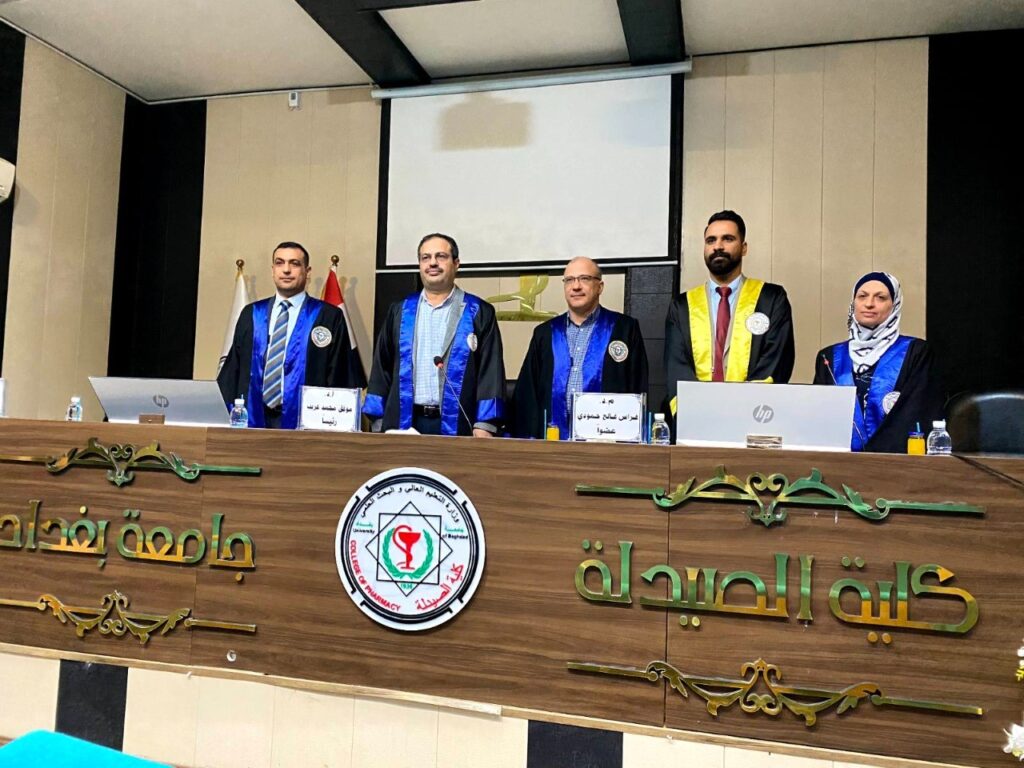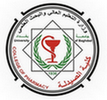The Faculty of Pharmacy at the University of Baghdad, discussed the Master’s thesis tagged (Formulation and Evaluation of Aceclofenac Solid Dispersion by Fusion Technique as Oral Solid Dosage Form) for the student in the Pharmaceutical Sciences Department, Ahmad Abdullah Essa, and his supervisors, Assist Prof. Eman B.H. Al-khedairy. The present study aimed to enhance the solubility and dissolution rate of ACE using the solid dispersion method by conventional fusion technique (FSD) and effervescent assisted fusion technique (EFSD) utilizing Mannitol, Poloxamer 188, Poloxamer 407, Soluplus®, and Urea as carriers in both techniques. Citric acid and sodium bicarbonate were used as an effervescent base in EFSD .The effects of different variables on solubility and dissolution rate of SD were studied such as type of carrier, type of method, drug: carrier ratio, and drug: carrier: effervescent base ratio, and characterized for their, percentage yield, drug content, drug solubility, and in-vitro drug dissolution study in comparison with pure drug.Five formulas of immediate-release tablets (IRTs) were prepared from the selected SD by direct compression method using different types of diluent (Avicel®PH102, Avicel®PH101, and starch) and superdisintegrants Cross Povidone (CP), Croscarmellose Sodium (CCS) and Sodium Starch Glycolate (SSG) and evaluated for their drug content, weight variation, hardness, friability, in vitro disintegration time (DT) and dissolution profile. The best results were obtained by the EFSD formula which was formulated by the use of ACE: Soluplus®: effervescent base with a weight ratio of 1:2:1 which gave a high percentage yield (99.8%), high drug content (99.92%), good release of drug (96%) in phosphate buffer (pH 6.8) within 30 min. Furthermore, the IRTs that were prepared using EFSD with Avicel®PH102 as a diluent and CP 3% w/w as superdisintegrant show the shortest DT (11.5±0.13 min) and best drug release of 94.04% within 30 min in phosphate buffer (pH 6.8). These tablets also show good stability after being stored them for two months at different temperatures. So, it can be concluded that the solubility and dissolution rate of ACE were efficiently improved when it’s prepared as FSD and EFSD. Moreover, the EFSD was superior to the FSD due to the better improvement obtained by all carriers with the used ratios and can be considered a successful and efficient technique for solubility and dissolution rate improvement of hydrophobic drugs.



